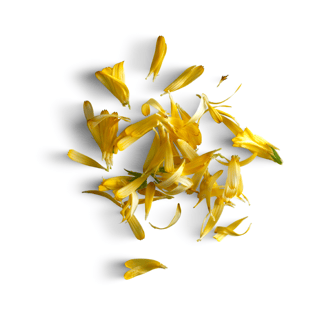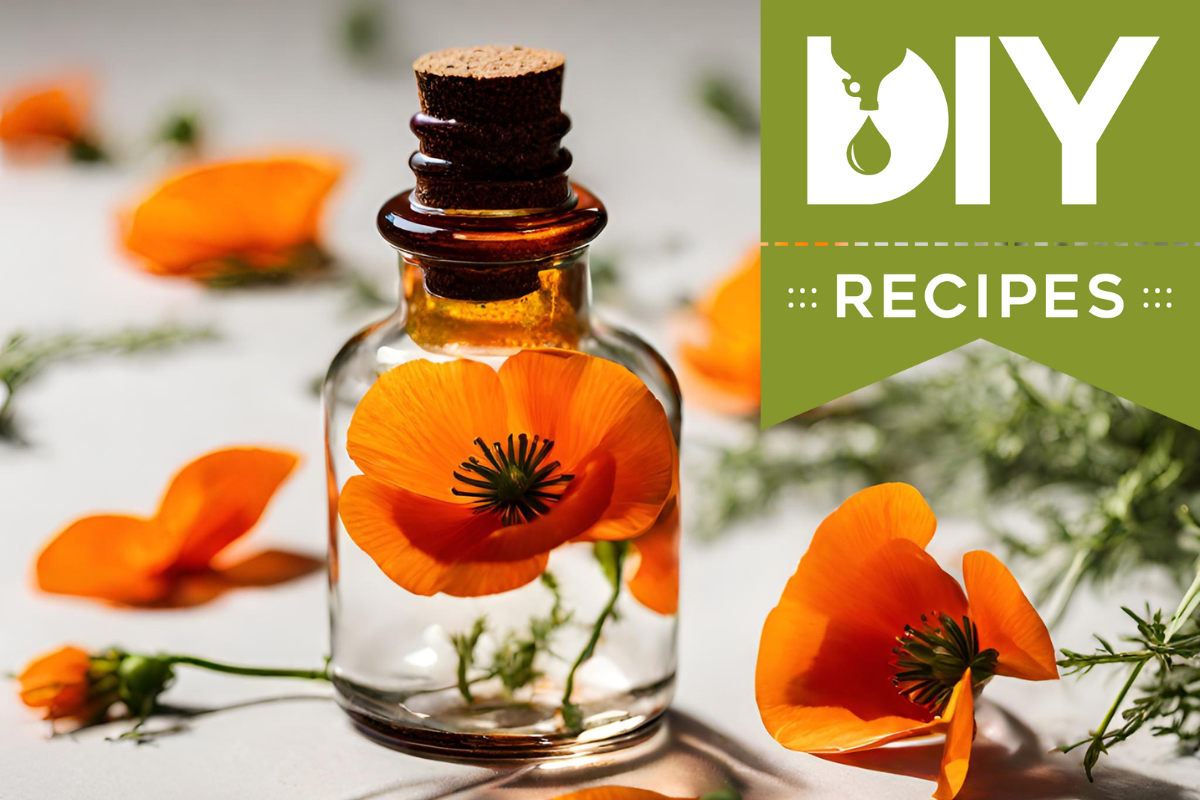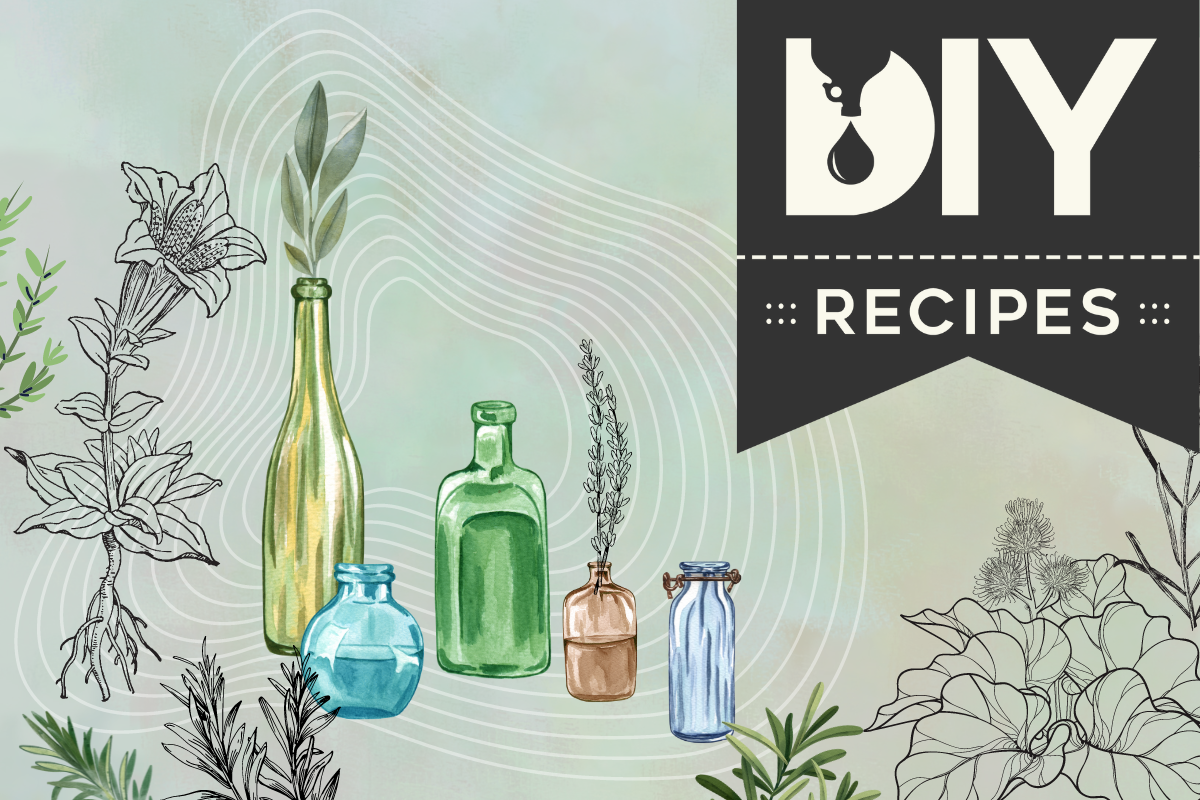We've been seeing so many new folks around here... and we are thrilled.
Here in our OA Inside DIY we try to make recipes that are approachable, easy, and of course, leave room for your own creativity to shine. Whether you are a seasoned crafter who is familiar with making it yourself, or brand new, we want you to know all the potential uses for our Certified Organic high-proof alcohols.
.png?width=308&height=308&name=Untitled%20design%20(1).png) There have been quite a few herbal infusions with oil going around lately, like this one we love from JKB Journal. I wanted to break down how high-proof alcohol can be used in this process. Herbal-infused oils are great for many uses, my personal favorite being a nourishing oil for the skin, but they are also great in the kitchen.
There have been quite a few herbal infusions with oil going around lately, like this one we love from JKB Journal. I wanted to break down how high-proof alcohol can be used in this process. Herbal-infused oils are great for many uses, my personal favorite being a nourishing oil for the skin, but they are also great in the kitchen.
When I first saw alcohol used in an herbal oil, I was unsure why I would need the extra solvent, as I, too, am a budding herbalist and always learning. I thought oil does a great job pulling medicinal properties and fragrances from most plant matter on its own. What I didn't know was that using a small amount of alcohol in the beginning of your process, is called making an alcohol intermediary herb-infused oil, and it's a great way to get more from your herbs.
Benefits of making an herbal-oil with alcohol is increased shelf life as well as the ability to extract what oil may not be able to do alone. Check out this excerpt from the Herbal Academy:
"Another benefit to alcohol intermediary herb-infused oils is that it helps yield a more potent preparation due to the use of alcohol. While this type of oil preparation can be used with most dried herbs, it works best with herbs that have a good amount of alcohol-soluble properties, such as resins, balsams, camphors, essential oils, alkaloids and alkaloidal salts, glycosides, organic acids, most coloring matter, and almost all acrid and bitter plant constituents (Green, 2000). In addition, it is ideal if the herbs are not particularly oil-soluble, such as arnica (Arnica montana) flower, cultivated goldenseal (Hydrastis canadensis) root, or chaparral (Larrea tridentata) aerial parts." -Meagan Visser, Herbal Academy (check out the full blog post here!)
Our recipe is a pared down version of the above, but I highly recommend checking out the full article and others from Herbal Academy for more recipes and insights to the science and art of herbalism. As always, referring to a trained herbalist or a medical professional before using any herbal remedy is best!
Herbs You Can Use (get creative), here are some ideas:
-
-
- Skin Loving: calendula, lavender, wild rose
- Healing: yarrow, chamomile, plantain
- Kitchen: rosemary, thyme, sage, lemongrass
-
WHAT YOU'LL NEED
-
-
- 2 oz dried herbs of choice (I chose wild rose and lavender)
- 1/2-1oz OAC 190-proof alcohol (I used Organic Lychee for my recipe for extra fragrance)
- 6-8 oz oil of choice
- Cheesecloth or stainer
- Darkly colored bottle for storage
- Mason Jar
- Mortar and Pestle, and blender (optional)
-
WHAT YOU'LL DO
-
-
- Measure herbs into mortar and pestle, grind herbs for more exposure to the solvent
- Place herbs in Mason jar
- Pour in alcohol until herbs are moistened thoroughly
- Cover, and let sit for at least 24 hours
- You can now add in your oil and either use blender to incorporate herbs, or lid the jar and shake (really well)
- Strain the herbs out
- Label and enjoy!
-
Keep these stored in a cool place out of direct light for a longer shelf life!
Want More?
Check out this awesome post from our friend at JKB Journal and visit the JKB Journal site here:

.png)
